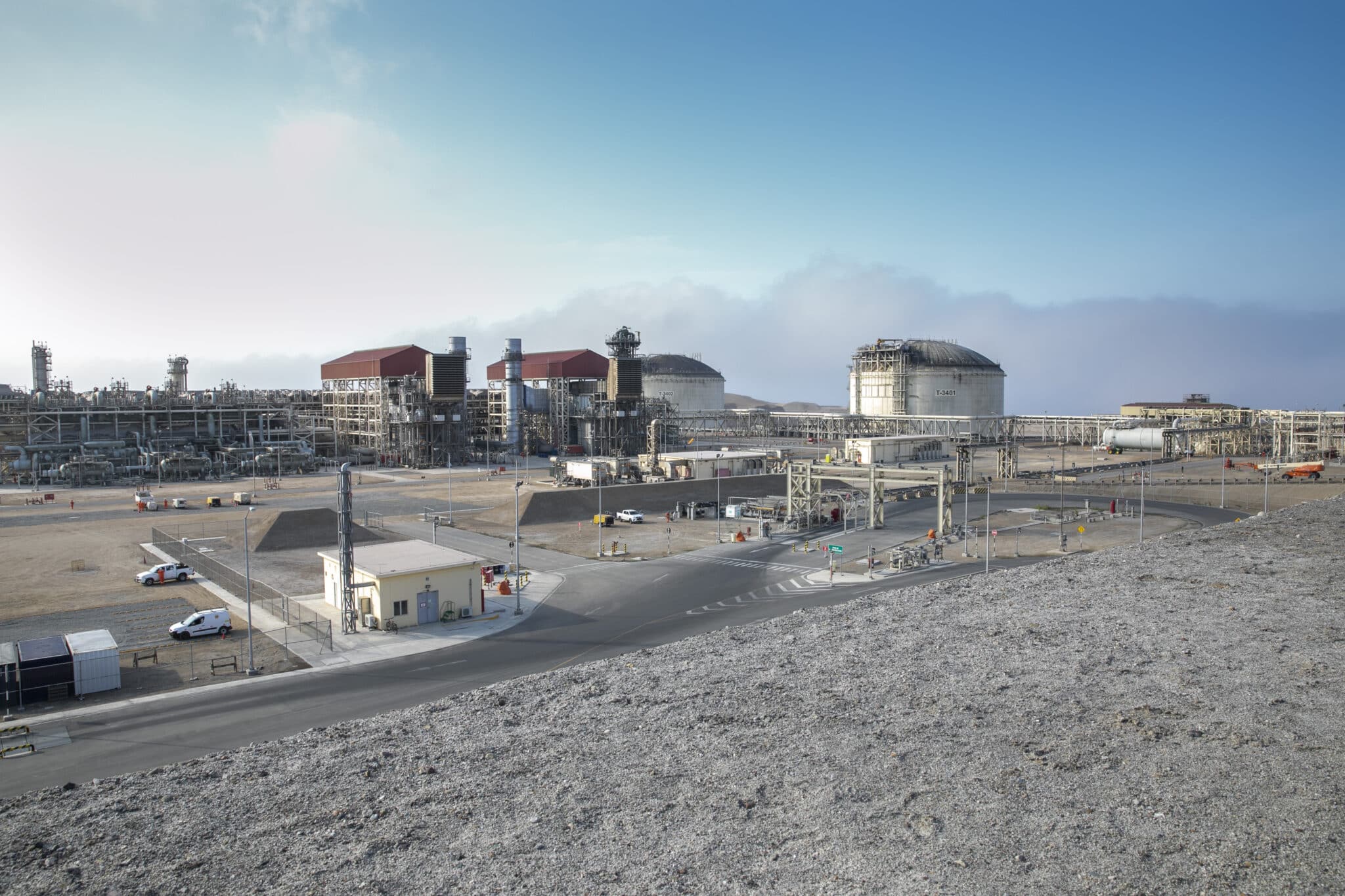This story requires a subscription
This includes a single user license.
According to the shipment data by state-owned Perupetro, during January, the 4.4 mtpa LNG plant sent two shipments to Japan and one shipment to South Korea.
The shipments loaded onboard the LNG carriers Maran Gas Olympias, LNG Ships Manhattan, and Kool Baltic equal about 226,965 tonnes, the data shows.
These three LNG cargoes loaded at the Peru LNG plant last month compare to six LNG cargoes in December 2024 and five cargoes in January 2024.
The LNG plant also loaded one cargo in February this year onboard the vessel LNG Harmony. The vessel is expected to deliver this shipment to Japan, the data shows.
LNG giant Shell holds 20 percent in Peru LNG and offtakes all the volumes.
US-based Hunt operates the LNG plant with a 35 percent stake, while Japan’s Marubeni has 10 percent in the LNG terminal operator.
MidOcean Energy, the LNG unit of US-based energy investor EIG, completed last year the purchase of an additional 15 percent interest in Peru LNG from Hunt Oil.
MidOcean’s interest in Peru LNG now stands at 35 percent.
Bedies liquefaction facilities, Peru LNG’s assets consist of a fully-owned 408-kilometer pipeline with 1,290 mmcf/d capacity, two 130,000-cbm storage tanks, a fully-owned 1.4-kilometer marine terminal, and a truck loading facility with a capacity of up to 19.2 mmcf/d.
60 cargoes
For 2025, Peru LNG estimates 60 loads equivalent to 218 TBtus, a spokesman for operator Hunt Oil told LNG Prime last month.
The spokesman said that in 2024 “there were 57 vessels equivalent to 205 TBtus.” This is some 3.98 million tons of LNG.
In 2023, Peru LNG loaded 55 vessels. This equals 190.3 TBtus (trillion British thermal units) or about 3.69 million tons of LNG, a rise from 51 vessels or 179.05 TBtus in 2022.
In 2021, Peru LNG loaded 38 vessels (132.9 TBtu), 55 vessels (204.8 TBtu) in 2020, 58 vessels (209.3 TBtu) in 2019, 57 vessels (196.1 TBtu) in 2018, 64 vessels (213.9 TBtu) in 2017, 70 vessels (225.1 TBtu) in 2016, 56 vessels (187.8 TBtu) in 2015, 60 vessels (214.4 TBtu) in 2014, 57 vessels (222.4 TBtu) in 2013, 53 vessels (203.6 TBtu) in 2012, 55 vessels (209.2 TBtu) in 2011, and 23 vessels in 2011 when operations began.
Data by PeruPetro shows that the destinations for Peru LNG cargoes in 2024 were the Dutch Gate LNG terminal, South Korea, China, Japan, Taiwan, France, Canada, the UK, and Thailand.

